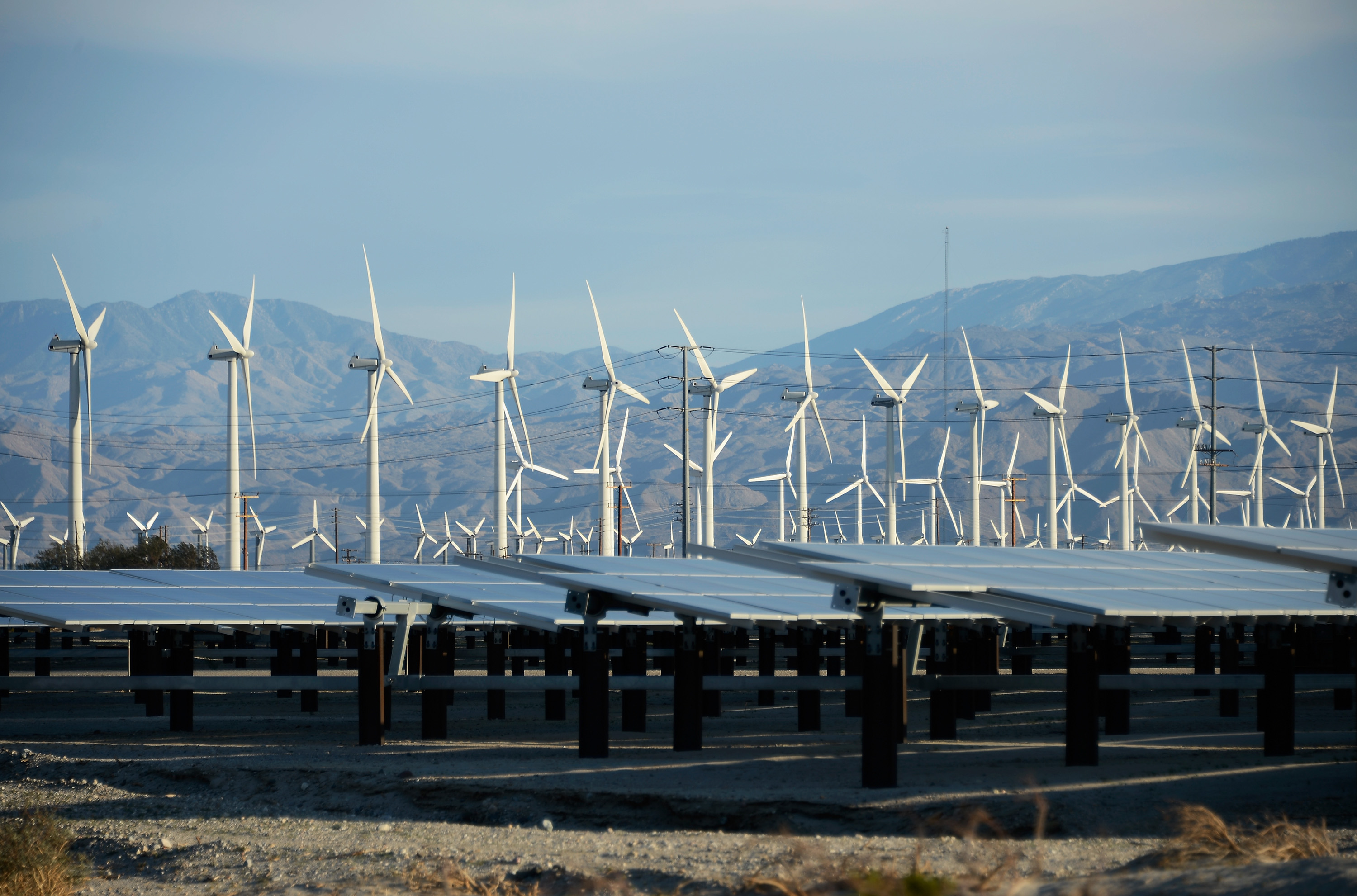Iran declared a long-term commitment to produce at least 7,500 megawatts from renewable power plants by 2030, for which an investment worth $12 billion must be made, in the 21st session of the Conference of the Parties to the United Nations Framework Convention on Climate Change held in Paris last December.
Energy Minister Hamid Chitchian made the statement while addressing a panel on "Supporting Iranian knowhow and investment in water and electricity industry" on Tuesday in Tehran, ILNA reported.
Criticizing the private sectors' reluctance to invest in renewable energy initiatives, the official noted that a proposal was made to the sector to generate 5,000 MW of electricity via renewable energy resources, but the sector surprisingly only accepted to produce 70 MW.
Referring to the challenges facing the private sector, Chitchian said, "Lack of support by banks and the National Development Fund of Iran has added to the private sector's ever-growing problems."
Underscoring the fact that plans have been made to add 17,000 MW to the current power plants' capacity ratified on the basis of "Resistance Economy" policies, the official saidd, “Plan calls for generating 7,000 MW from steam and gas plants in addition to 10,000 MW from combined cycled power plants, for which an investment of $10 billion is required."
The Resistance Economy is a set of principles outlined by the Leader aimed at bolstering domestic production and cutting dependence on oil revenues.
Mega Projects
Chitchian noted that mega projects cannot reach fruition unless international enterprises are involved, yet contracts must be signed in a way that they guarantee domestic private sectors' full participation in plans in cooperation with foreign companies, especially in having access to the state-of-the-art knowhow.
"Financial restraints should not translate into not developing power and water initiatives, but we need to seek solutions to face challenges with the help of the private sector," he said.
According to the official, the private sector, seemingly due to higher rates of return on investments, is more willing to invest in water projects than renewable initiatives, which explains why it has already invested in more than 100 water and wastewater projects.
"50% of the country's electricity are generated by the private sector and most towns and villages have access to the national grid," he said, noting that this is the 14th consecutive year that the Persian Gulf state has experienced no blackout. Blackouts pose a big challenge to even some developed states.
Pointing to indigenizing more than 90% of the power industries' requirements, the official said, "Not only are we among the top 10 countries that have access to Power Management Unit, a microcontroller that governs power functions of digital platforms, but since a long time Iranian experts are also capable of manufacturing high-tech gas turbines."
Reportedly, nominal power generation capacity stands at more than 74,000 MW, with 61,000 MW coming from thermal power plants, 12,000 MW from hydroelectric plants and only 1,000 MW from nuclear power.
Plans call for increasing the capacity by 5,000 MW annually over the next 10 years, raising the total installed power capacity to more than 120,000 MW by 2025.
However, energy officials seem to be struggling to realize the self-assigned 10-year target, as the combined capacity of all new power generation projects between March 2015 and the summer of 2016 does not exceed 2,000 MW.
Iran’s electricity industry ranks 14th in the world and first in the Middle East in terms of electricity generation. It is the largest exporter and importer of electricity in the Middle East and exports electricity to Armenia, Pakistan, Turkey, Iraq and Afghanistan.


